Worm Castings
Amazing Organic Plant Food
Worm castings or vermicompost are amongst the best organic plant foods and soil conditioners known to man. Vermicompost is actually just a fancy name for worm poop.
As compost worms move through their worm bin they consume large quantities of organic matter (up to half their body weight per day) digest they food and deposit it usually on top of their bedding.
While they digest their food they enrich it greatly with calcium,
magnesium, phosphates and nitrogen.
In addition to that vermicompost contains up to 20 times more beneficial microorganisms than the organic matter they consume.
It is water soluble and releases its nutrients slowly to the plants as the plants need them. Castings will improve the water holding capacity of soil and will never burn plants. They improve the soil structure and their nutrients are available to surrounding plants straight away.
We had spectacular results when growing fruit and vegetables in soil consisting to 80% of sand and just a 20% addition of Vermicompost.
Rocket lettuce grown in sandy soil that has been enriched with worm castings
----------
One single tomato plant bore more than 500 tomatoes over a period of 3 month!
Spinach plants grew up to 50 cm / 20 inches high and yielded beautiful tasting leaves for more than 4 month.
Swiss Chard grown with the help of earthworms and castings
Worm castings have a crumbly structure...
... and are dark brown. This is one of the reasons why they are quite often called “Black Gold” as well. They can be mixed with other soil conditioning products like compost or kelp to produce additional soil improving products for gardeners and nurseries. Vermicompost is usually harvested once or twice per year from worm bins. Your worm farm should be nearly full before you consider harvesting your castings.
About one month before you want to harvest stop feeding the worm bin just monitor the correct moisture levels and let the worms in the bed finish the remaining food in the bed completely. 2 to 3 days before the planned harvest add a layer of fresh food on top of the surface of your worm bin and cover it again. The hungry worms will soon get hold of the new food and will nearly all be close to the surface of their bed on harvesting day.
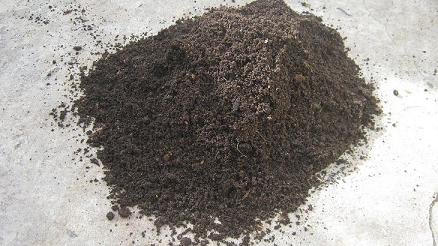
A pile of fresh worm castings
Harvesting castings
Remove all the food from the top of the worm bin plus an additional layer of about 5 cm / 2 inches of castings and place all in buckets or other suitable containers. This layer of food and castings should contain nearly the entire herd of worms of your worm bin. Now you can freely harvest the processed castings from the worm farm.
Fill buckets strain the contents through a frame of chicken mash or a similar wire mesh. Than either use them straight away or store the pure worm castings in buckets for later use. If you produce a more wormcompost than you can use, you should consider marketing them as they have great commercial value.
If you enjoy organic vegetable gardening than you should visit my
friend Juanita's site "David's Garden Seeds And Products" it is full of
tips and help for
backyard gardeners that want to grow their own flowers, fruit, herbs and vegetables.
"Soil amendments" add life to your garden.To learn more about this important subject visit our friend Doug's site soil amendments. It is full of information and I'm sure you will enjoy it.
---------
How to turn castings into worm tea
----------
How to harvest worm castings from a 3 tier worm bin
----------
----------
----------
For Questions and suggestions contact us!
For more worm compost related information!
Type your question or keywords (for example “earthworm”) into the search box below.
Search / Suchen
On SPECIAL
"How to start a profitable worm business on a shoestring budget
Order a printed copy from "Amazon" for only
$11.95
or a digital version from the "Kindle" store for only
$4.95
Prices valid till 31.12.2025
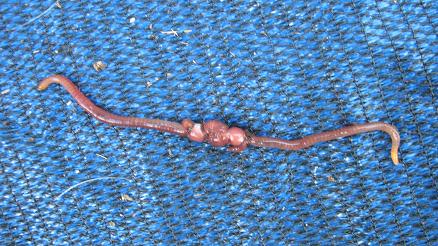
Our New Book
Order the Kindle E-book for the SPECIAL PRICE of only
$3.95
Prices valid till 31.12.2025!
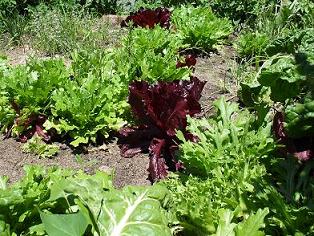
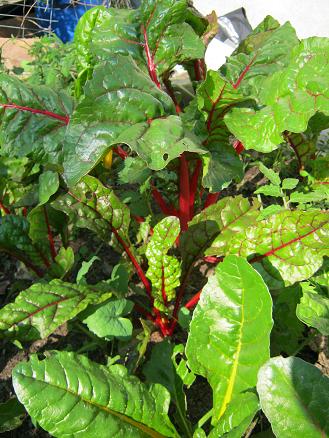
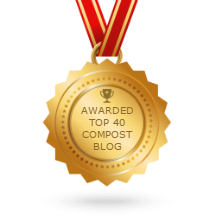




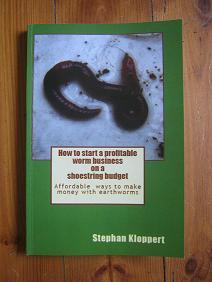
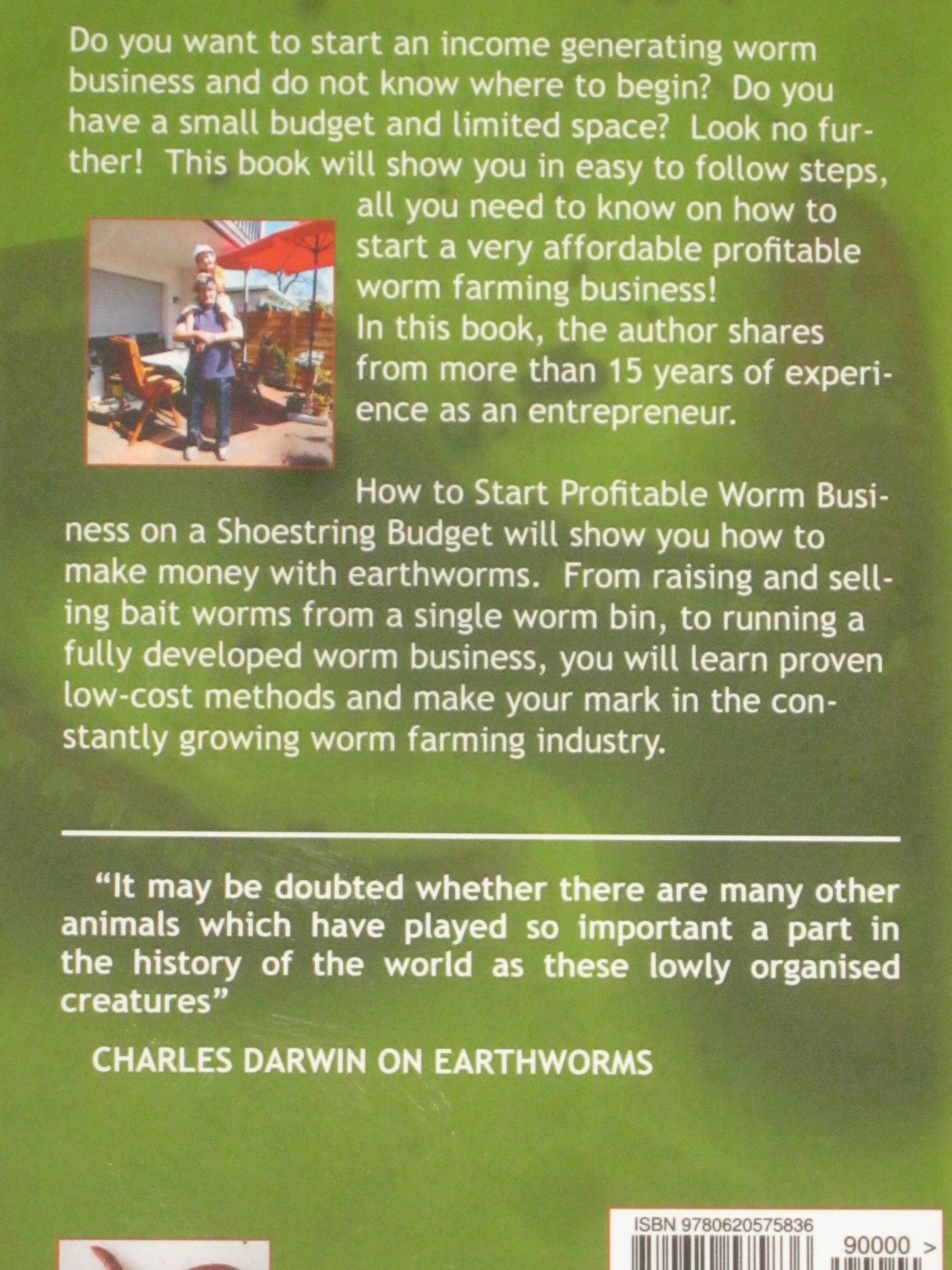

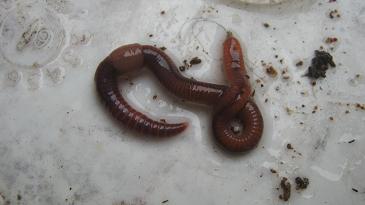
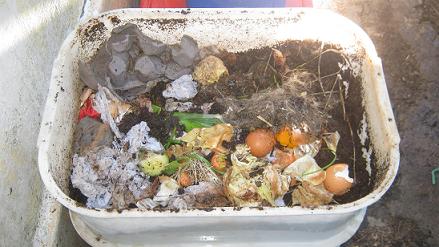
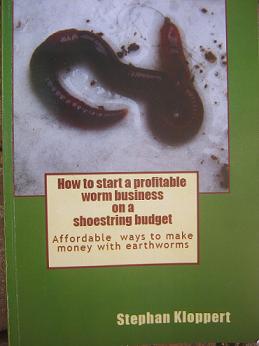
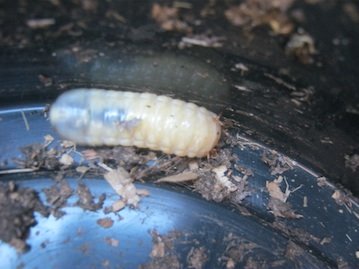
New! Comments
Have your say about what you just read! Leave me a comment in the box below.